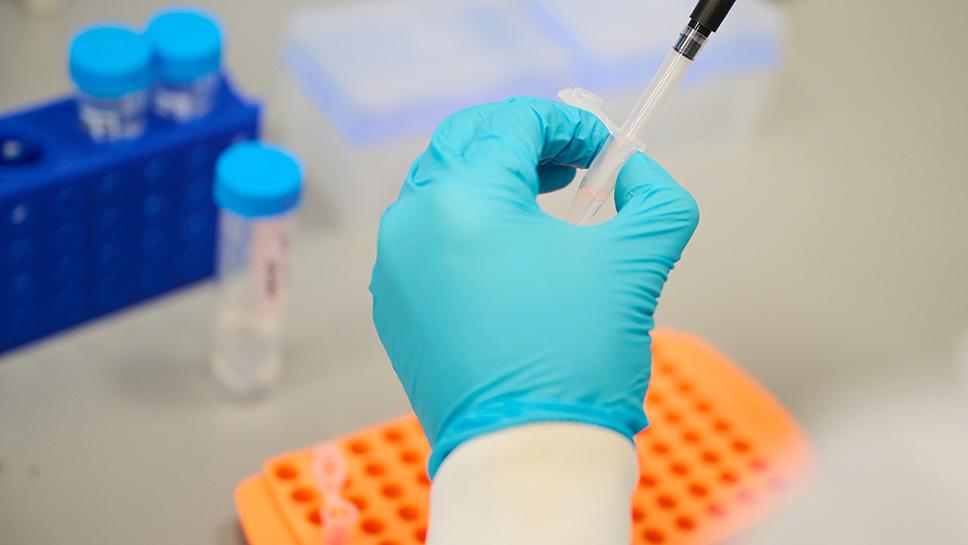Researchers have made progress in understanding why the severity of Duchenne muscular dystrophy symptoms varies between boys, which could have major implications for clinical prognosis and future research into treatments.
New research may help predict the severity and progression of Duchenne muscular dystrophy

Duchenne muscular dystrophy (DMD) is caused by genetic changes that prevent the body from producing dystrophin. Dystrophin is a protein that increases the strength of muscle fibres and help protect them from damage.
People who have DMD (mostly boys and adult men) therefore lack muscle strength, which often leads to movement difficulties, speech delay, and eventually heart or lung failure. However, the severity of DMD symptoms can vary greatly for reasons that are mostly unknown.
Duchenne muscular dystrophy and the brain
One possibility is that DMD severity may be partly determined by the types (or variants) of dystrophin that are absent from the body. All boys with DMD lack a variant of dystrophin called Dp427, which is found mainly in our muscles. However, some boys with DMD also lack variants called Dp140 and/or Dp71, which are found mainly in the brain.
The absence of Dp140 and Dp71 has previously been associated with learning disabilities in boys with DMD. Most scientists did not think that Dp140 and Dp71 contributed to problems with movement, because they are rarely found in the muscles.
A new theory
A group of researchers, led by Professor Francesco Muntoni at University College London, and partly funded by Muscular Dystrophy UK, showed that boys with DMD without both Dp140 and Dp71 were struggling to perform a range of complex movement tasks compared to boys with DMD who could produce these dystrophin variants.
Furthermore, in a parallel experiment, mice without Dp427, Dp140, and Dp71 showed reduced grip strength in comparison to mice lacking Dp427 only. Accordingly, these findings suggest that the severity of DMD is not just due to the absence of dystrophin in muscles. Instead, lack of dystrophin in the brain also worsens the ability to move for people with DMD.
What does this mean for prognoses and treatments?
These conclusions are important for two main reasons. First, doctors may be better able to predict the severity and progression of the condition if they know which types of dystrophin are missing from the body.
Second, the discovery could improve clinical research into DMD drugs and other treatments. This could also lead to a more targeted recruitment of participants into clinical trials. Clinicians will be better able to ensure that any measured differences between participants who took a DMD treatment versus placebo were caused by the treatment itself, rather than pre-existing symptom differences between the two groups.
‘What’s new in research’ is our new monthly blog series that will feature recent advancements in research into muscle-wasting conditions. Each month, a research article will be summarised for you by our research communications volunteers, all of whom have backgrounds in various fields of research.
This piece is written by Samuel Day. Sam is a doctorate student (DPhil) in Experimental Psychology at the University of Oxford. His own research project focuses on how facial expressions are processed during social interaction, yet he enjoys communicating about all scientific research. The subject of muscle wasting is particularly close to his heart, because his cousin Kevin passed away with a muscular dystrophy condition aged just 16.


